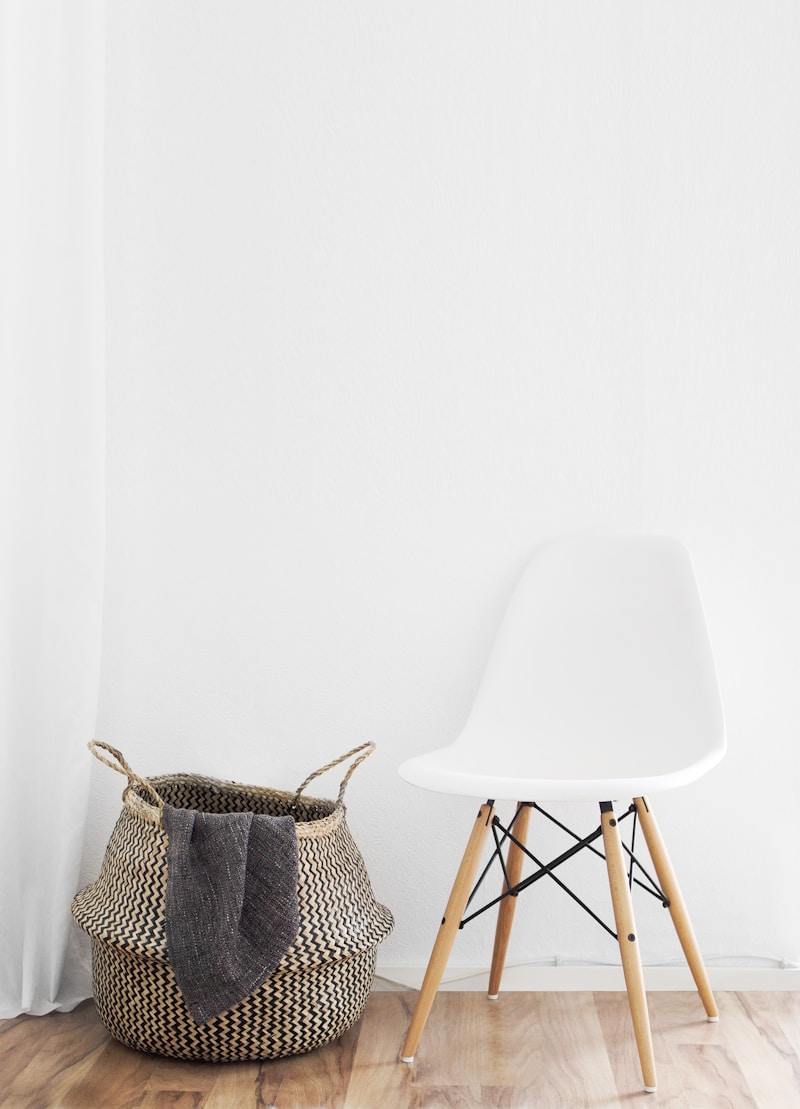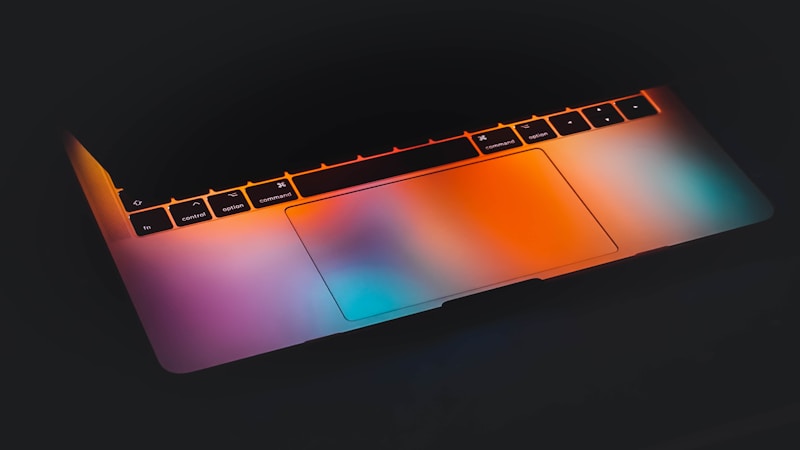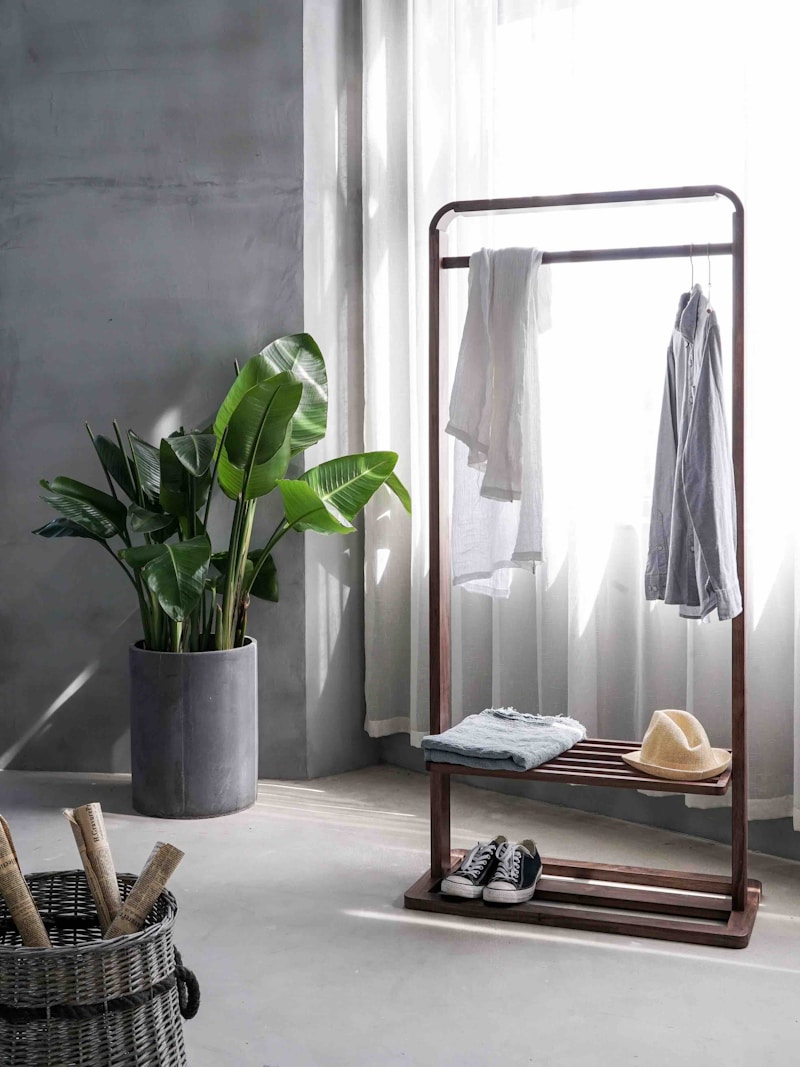The Ultimate Guide to Kate Spade Lighting: Brighten Your Space with Style
When it comes to home decor, lighting plays a crucial role in setting the mood and enhancing the overall aesthetic of your space. One brand that has gained significant popularity in the world of lighting design is Kate Spade. Known for its vibrant colors, playful patterns, and chic designs, Kate Spade lighting is a fantastic way to bring a touch of elegance and fun into your home. In this article, we will explore the different aspects of Kate Spade lighting, including styles, how to choose the perfect lighting for your space, and tips for maintaining beautiful lighting designs.Understanding Kate Spade Lighting StylesKate Spade lighting offers a wide range of styles to choose from, ensuring that there is something for everyone. Here’s a look at some of the most popular styles:StyleDescriptionChic and ModernThese lights feature sleek lines, minimalistic designs, and a contemporary feel.Vintage InspiredThese designs take cues from classic styles, incorporating antique finishes and traditional shapes.Playful and ColorfulThese pieces are characterized by bold colors and whimsical patterns, perfect for adding a fun element to any room.Elegant and GlamorousThis style features luxurious materials and intricate details, ideal for creating a sophisticated atmosphere.Each of these styles comes with unique features that can complement your home decor beautifully. Whether you want to create a serene environment with soft, ambient lighting or a vibrant space filled with personality, Kate S...
The Ultimate Guide to Bow Lamps: Brighten Your Space with Style
When it comes to home lighting, one of the most versatile and stylish options available today is the bow lamp. In this comprehensive guide, we will explore the various aspects of bow lamps, including their design, functionality, and key features that make them a must-have for any modern home. With so many variations and styles available, understanding what bow lamps can offer will help you make an informed decision for your lighting needs. What is a Bow Lamp? A bow lamp, characterized by its elegant arc or bow-like shape, provides a touch of contemporary flair to any interior. These lamps can vary in size, material, and design, making them suited for various settings, from cozy reading corners to chic living rooms. They often come with the ability to adjust the light direction, making them not only stylish but also functional. Design Styles of Bow Lamps The beauty of bow lamps lies in their diverse range of designs. Here are some popular styles: Style Description Modern Features sleek lines, minimalistic aesthetics, and often metallic finishes. Industrial Incorporates raw materials like metal and exposed bulbs for a rustic look. Vintage Includes ornate details, often resembling lamps from the mid-century or earlier. Scandinavian Focuses on simplicity and functionality, usually made from wood and soft colors. Each of these styles offers something unique, ensuring that there’s a bow lamp suited to every homeowner’s taste. Functionality ...
Illuminate Your Space with Flower Flush Mount Lights: A Comprehensive Guide
Are you looking to enhance the aesthetic appeal of your home while improving its overall lighting? One of the best choices for achieving both is the stylish and functional flower flush mount light. In this article, we'll explore the various aspects of choosing, installing, and enjoying flower flush mount lights in your home. Whether you are a design enthusiast or just starting your home renovation journey, this guide is packed with insights.What Is a Flower Flush Mount Light?A flower flush mount light is a type of ceiling light fixture that is characterized by a floral design, often made of glass or metal. This type of lighting not only provides illumination but also serves as a stunning decorative piece. Flower flush mount lights can come in various sizes and colors, allowing them to complement different interior styles, from modern and chic to vintage and rustic.Benefits of Using Flower Flush Mount LightsFlower flush mount lights offer several advantages that make them an appealing lighting choice:Aesthetic Appeal: Their unique designs add character and charm to any room.Space Saving: Mounted directly on the ceiling, they are perfect for rooms with low ceilings.Versatility: Suitable for various rooms, including kitchens, bedrooms, and hallways.Easy Installation: Most flush mount lights are easy to install and don't typically require extensive wiring.Choosing the Right Flower Flush Mount LightWhen selecting the right flower flush mount light for your space, consider the foll...
Smart Home Lighting Innovations: Transforming Your Living Space
Introduction to Smart Home Lighting InnovationsIn the era of technological advancements, smart home lighting innovations are changing the way we illuminate our living spaces. These modern lighting solutions not only enhance our homes’ aesthetics but also improve energy efficiency and convenience. In this article, we will explore various smart home lighting innovations, their benefits, and how they can transform your everyday living experience.What are Smart Home Lighting Innovations?Smart home lighting innovations refer to advanced lighting systems that integrate automation and connectivity. These systems allow users to control their lights remotely through smartphone apps, voice commands, or automated schedules. With smart lighting, homeowners can adjust brightness, change colors, and even set scenes that suit various moods.Benefits of Smart Home Lighting InnovationsThe shift to smart home lighting technologies presents numerous benefits:Energy Efficiency: Smart lighting systems can significantly reduce energy consumption. By utilizing motion sensors and dimmers, lights can turn off when not in use.Convenience: With smart lighting, settings can be adjusted from anywhere. You no longer have to get up to switch off the lights.Customizable Ambiance: Change the color and intensity of your lights depending on the occasion or time of day. Smart systems can create energizing daytime lighting or relaxing evening illumination.Enhanced Security: Schedule your lights to turn on and off...
Choosing the Right LED Color Temperature for Different Spaces
Choosing the appropriate LED color temperature for various areas in your home or workplace is crucial for creating the right ambiance, enhancing productivity, and ensuring comfort. Understanding color temperature can significantly affect how we perceive light and impact our mood, performance, and even our health. This article dives deep into the different LED color temperatures and their ideal applications across various spaces, ensuring you make the best choice for your specific needs.Understanding LED Color TemperatureLED lights come in various color temperatures, measured in Kelvin (K). The color temperature can range from warm white (around 2700K) to cool white or daylight (up to 6500K). The choice of LED color temperature can profoundly influence the atmosphere of a room. Here's a breakdown of common color temperatures and their characteristics:Color Temperature (K)EffectBest for2700K - 3000KWarm, cozy, invitingLiving rooms, bedrooms, restaurants3500K - 4100KNeutral, balanced lightOffices, kitchens, bathrooms5000K - 6500KCool, bright, stimulatingWorkshops, retail stores, hospitalsThe Role of LEDs in Different SpacesLet's explore how to choose the right LED color temperature based on the functionality of different spaces:Living RoomsIn living rooms, where relaxation and comfort are key, warm white light (2700K to 3000K) is ideal. It creates a cozy atmosphere conducive to family bonding and relaxation after a long day. Consider using dimmable LED lights to adjust brightnes...
Exploring Different LED Lighting Styles for Interiors: A Comprehensive Guide
Introduction to LED Lighting StylesAs home design trends continue to evolve, LED lighting has emerged as a favorite for homeowners and interior designers alike. The ability to use various LED lighting styles allows individuals to create unique atmospheres in their interiors. From cozy living rooms to vibrant kitchens, the right lighting can make all the difference. In this article, we will explore different LED lighting styles that can transform any interior space, along with tips to maximize their impact.The Benefits of LED LightingBefore diving into specific styles, it's essential to understand why LED lighting is preferred. Here are some benefits: Energy Efficiency: LED lights consume significantly less energy compared to traditional incandescent bulbs. Longevity: They last up to 25,000 hours, which means fewer replacements over time. Versatility: Available in various colors and designs, LED lights can fit any interior theme. Environmental Impact: LED lights have a smaller carbon footprint, making them an eco-friendly choice.Popular LED Lighting StylesNow that we’ve established the advantages, let's explore different LED lighting styles for interiors that can enhance your spaces.1. Ambient LightingAmbient lighting provides a soft glow that fills a room uniformly. This type of lighting is essential as it serves as the primary source of light in a space.Options for ambient LED lighting include: Recessed Lighting: Installed above, recessed lights provide unobtr...
Understanding Driver Compatibility for LED Products: A Comprehensive Guide
IntroductionIn the burgeoning world of LED technology, understanding driver compatibility for LED products is paramount for both manufacturers and consumers. Proper driver selection not only enhances the performance of LED lights but also impacts energy efficiency, longevity, and overall satisfaction. In this article, we will delve deep into the significance of driver compatibility, examine various types of drivers, and explore essential factors to consider when selecting the right driver for your LED applications.What is an LED Driver?An LED driver is an electrical device that regulates the power supplied to an LED or a group of LEDs. Unlike traditional light bulbs, LEDs require a specific amount of current and voltage to function correctly. Without a proper driver, LEDs may flicker, dim, or even get damaged permanently. LED drivers ensure that the correct voltage and current are maintained, thus prolonging the lifespan and reliability of LED lights.Types of LED DriversWhen discussing driver compatibility for LED products, it is essential to understand the different types of LED drivers available:Type of DriverDescriptionCommon ApplicationsConstant Current DriverDelivers a constant current to the LEDs, typically used for high-power applications.Street lighting, architectural lightingConstant Voltage DriverProvides a consistent voltage output, suitable for low-power LED strips.LED strips, signage lightingAC-DC DriverConverts alternating current (AC) to direct current (DC), wi...






